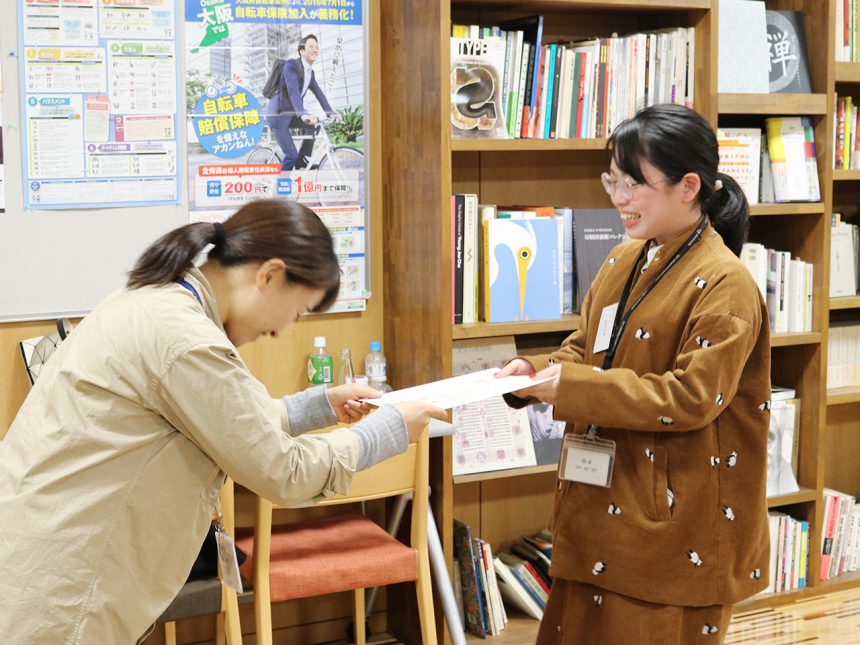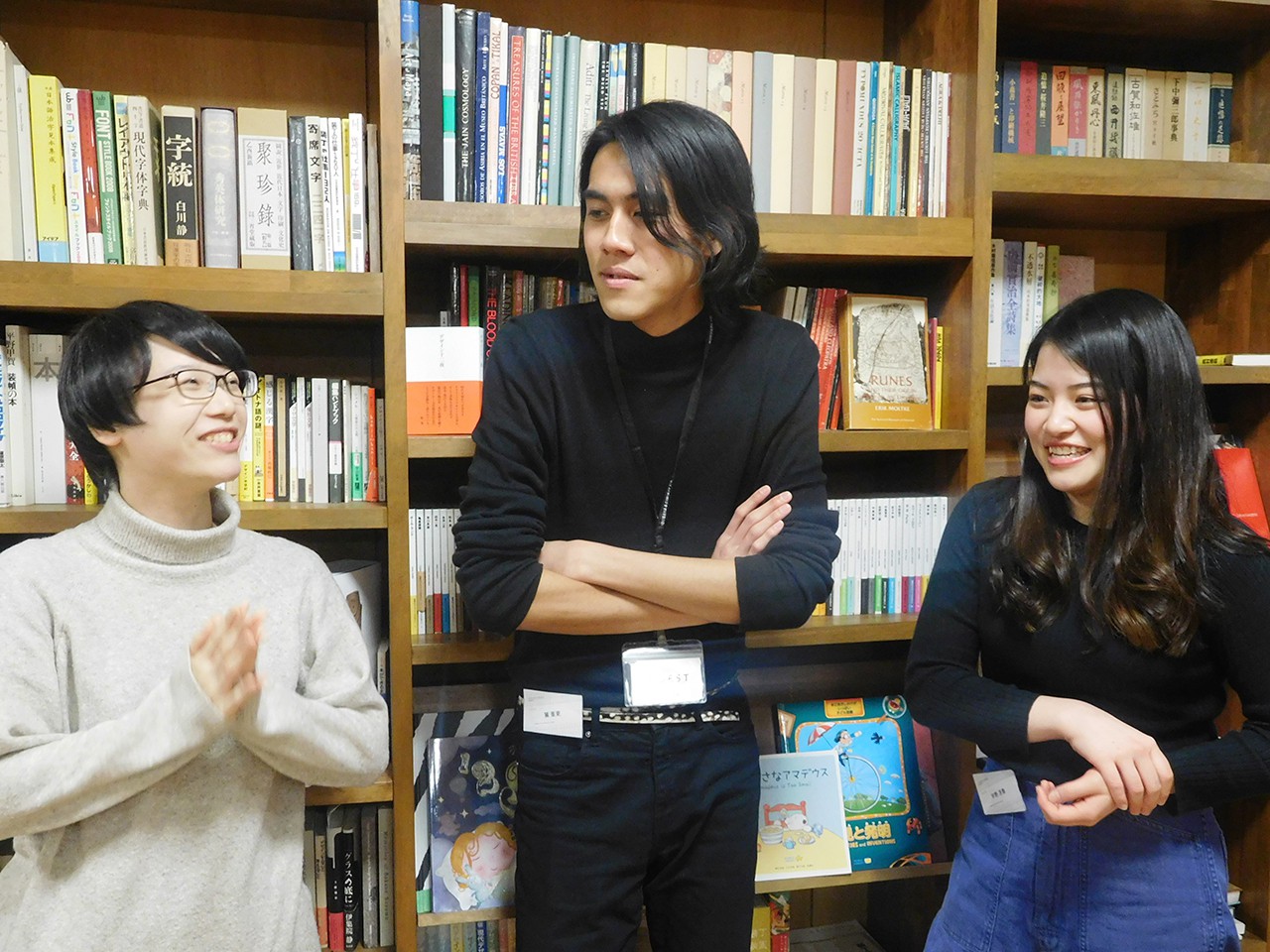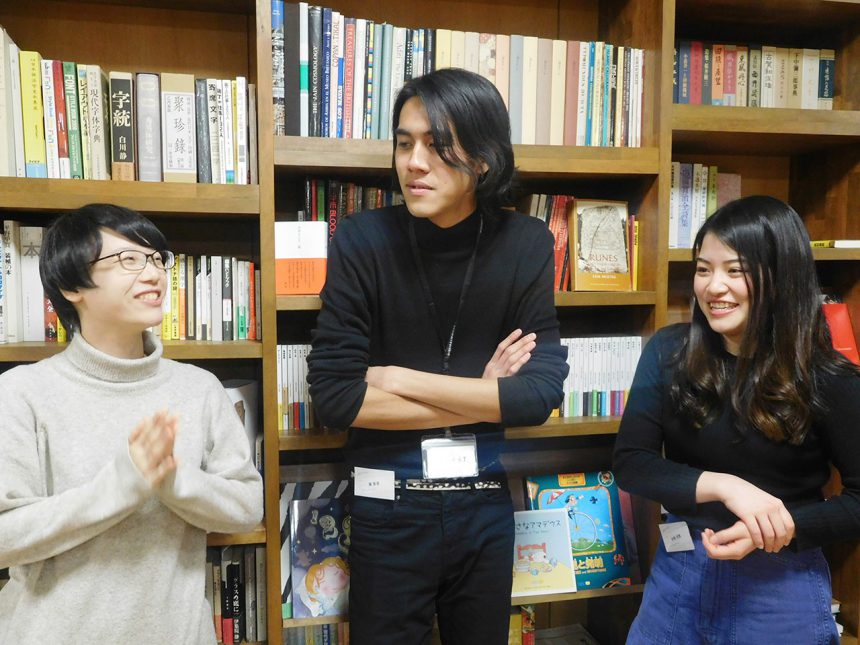
The Kansai Moripass Club event was a great success in February. After the event, which was still full of excitement, we interviewed Mika Yonekawa (left), Airi Fumoto (center), and Saeka Uno (right) on behalf of the team.
Q. It was a lively event with lots of interaction between guests and participants. What are your honest thoughts now that it's over?
Yonekawa: Up until now, during the planning stages, even though the members of the workshop were excited and saying things like "this is fun," I was worried because I couldn't objectively imagine whether the participants would actually enjoy themselves. I'm just so relieved that the event has come to fruition.
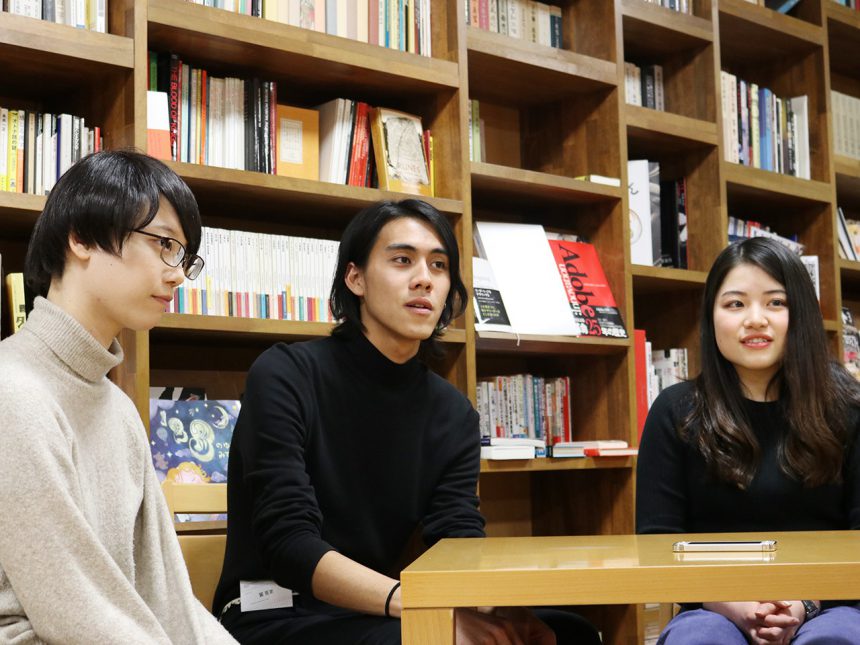
Fumoto: Among the diverse participants, I felt that fonts were the only thing that sparked a new interest in them. I was facilitating the talk session, and the reaction was so positive that I was very happy.
Uno: The talks by the professors were tailored to our level of knowledge, so we learned a lot. Professor Sakano said, "The typeface can also express the design when viewed from a distance," which surprised me because I had never thought of it that way. I think each participant gained something from the talks.
Q. Has the group work gone smoothly so far?
Uno: The Kansai Moripass Club members come from various prefectures in the Kansai region, so it was difficult to get together, but we used video conferencing and created minutes of each meeting for everyone to read, so I think we were able to share information effectively and move forward.
Yonekawa: Since there were only a few people, it was easy to keep track of who was doing what at the time, which I think was a good thing.
Fumoto: I think it would be difficult to move forward in the early stages when everyone is gathered together and nothing has been decided, as everyone has their own way of thinking and opinions, but once things were more or less decided and we were divided into teams, things went smoothly.
Uno: However, since we were all extremely busy with the university exhibition coming up, we ended up delaying coming up with the design for the direct mail until the new year. In the end, we ended up leaving it all to one person, and there were some areas where the work was not allocated well.
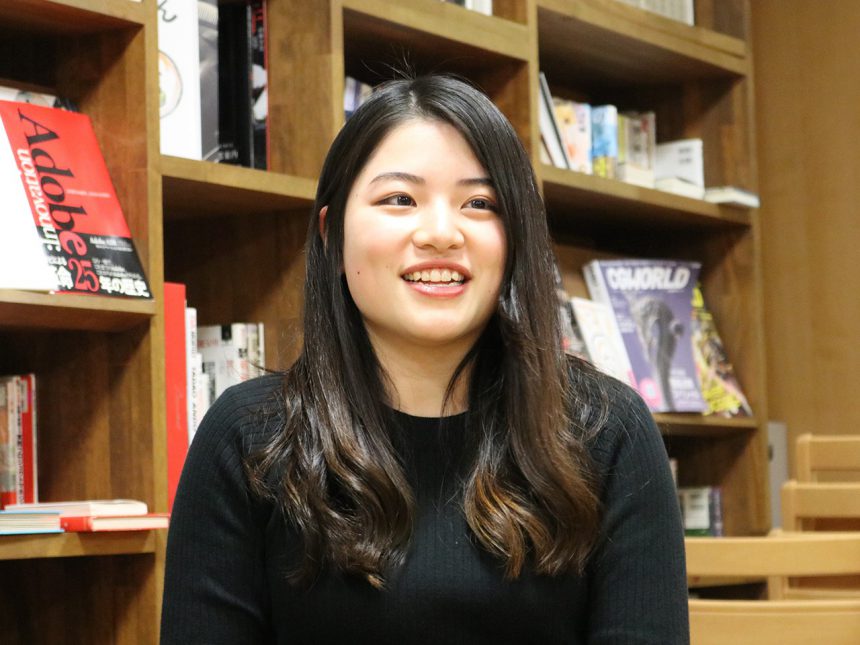
Q. What about the six-month production period?
Fumoto: I feel like we were able to get through it thanks to the people who took the lead and pushed things forward. But we started group work right after we met, and we were under pressure because there were only six months left until the event, so I think that was actually a good thing. If we had more time, some people might have prioritized other things.
Uno: Morisawa had a solid support system from the beginning, so I think we were able to manage even in a short period of time.
Yonekawa: As December approached, things started to get a little more stressful, and we started meeting once a week at a cafe in Osaka, where everyone could easily gather. We did our homework before the meeting, went to the meeting, then went to work... This was the cycle we followed, and it really felt like the time from the end of the year to the day of the event just flew by.
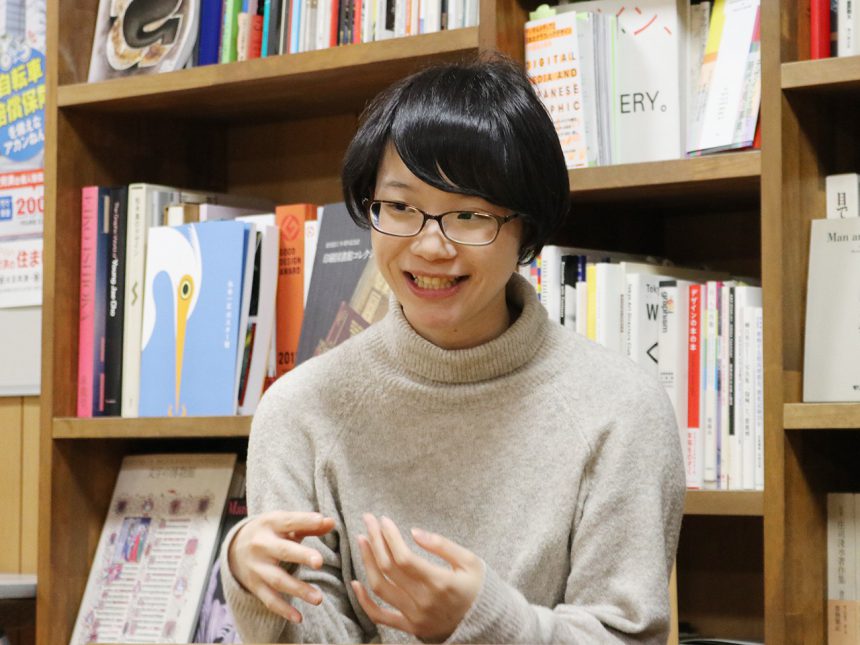
Fumoto: That period was pretty tough (laughs).
Q. Did anything change within you through the Font Switch Project?
Yonekawa: Up until now, whenever I told people I loved typefaces, it didn't really get through to them. But participating in this project made me realize that typefaces are not a small world, but a common theme, and I wanted to find a way to share their appeal with more people.
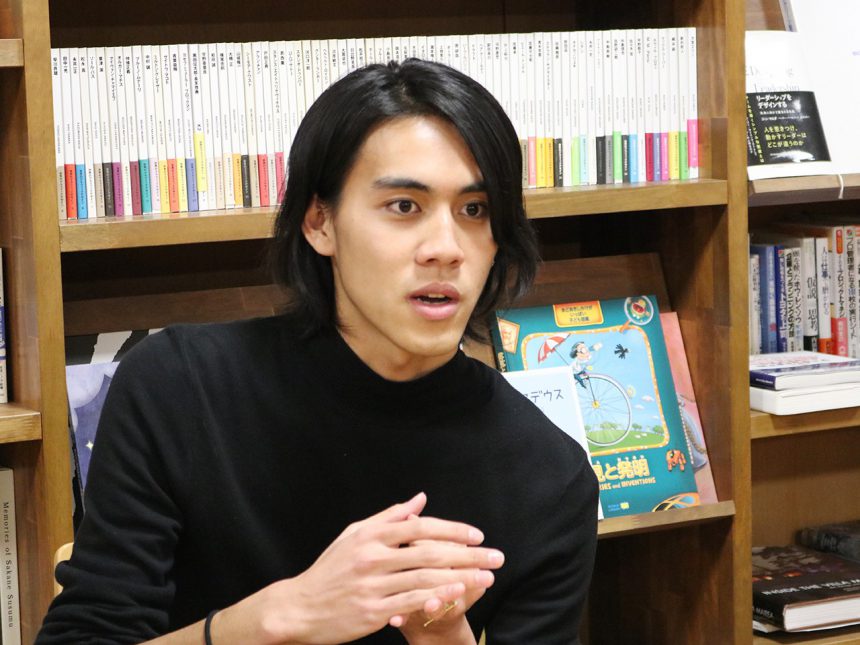
Fumoto: At first, I knew absolutely nothing about fonts, but gradually everyone else liked them, so I started to like them too. I also learned in the end that fonts are an essential part of any world, and I'm glad I fell in love with them.
The event was the last day that all members of the Kansai Moripass Club gathered together, and the advisor presented each member with a diploma in recognition of their efforts over the past six months.
